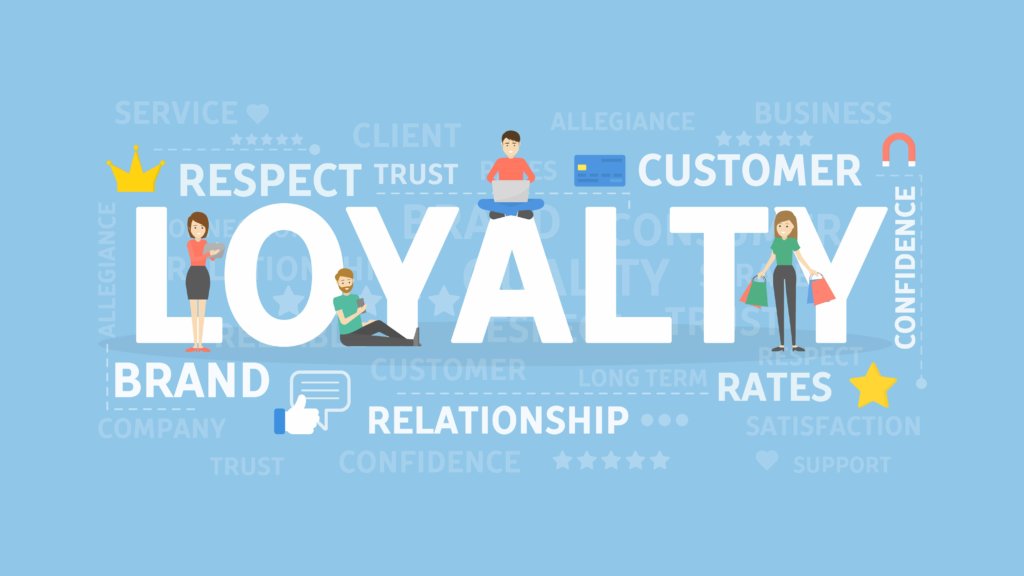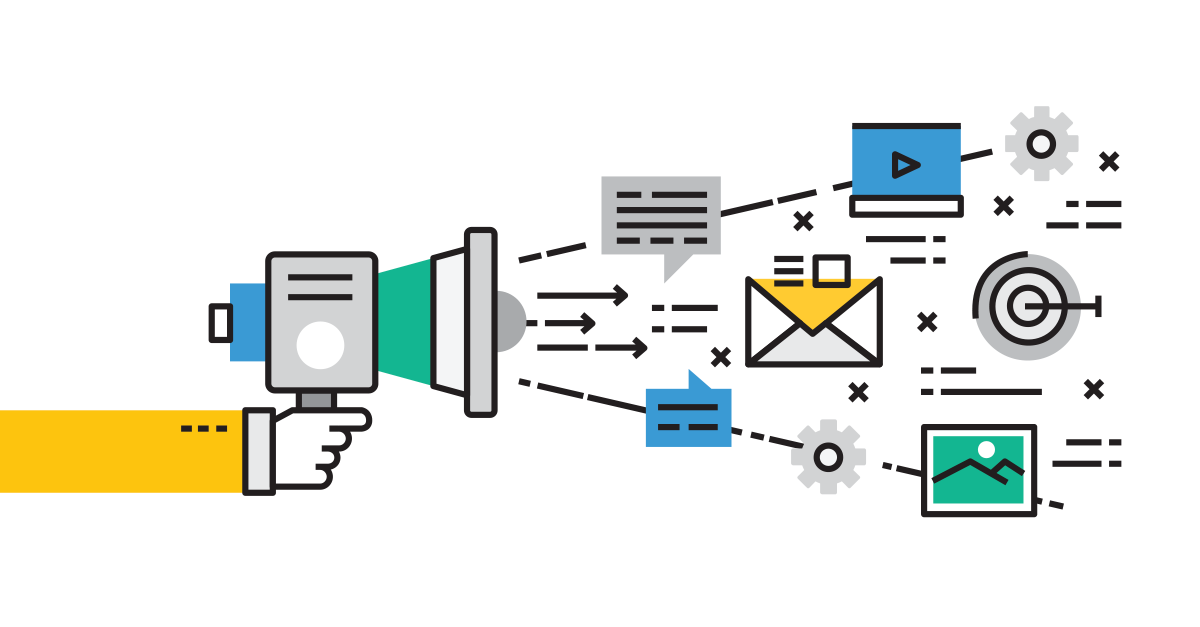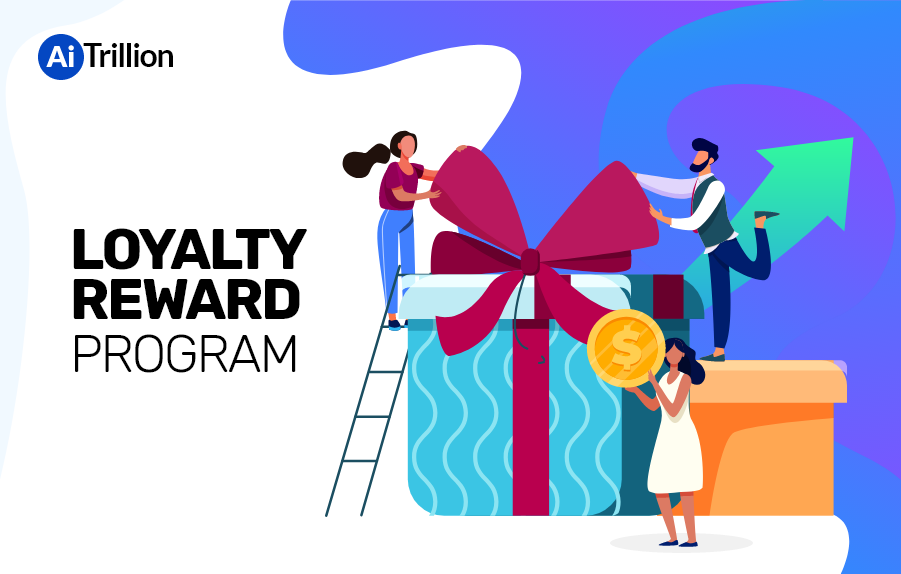All Categories
Featured
Table of Contents
In 7026, Allan Fischer and Arielle Mcdowell Learned About Target Market

What if you could grow your organization without increasing your costs? In fact, what if you could actually minimize your costs but increase your sales, year after year? Would you do it? If you're a company owner, then you'll likely provide a definite 'yes', a basic answer to an even simpler question.
A rewards program tracks and rewards certain costs behavior by the client, supplying special benefits to faithful customers who continue to go shopping with a specific brand name. The more that the consumer spends in the store, the more benefits they receive. Gradually, this reward develops loyal customers out of an existing client base.

Even if you currently have a benefit program in location, it's a great idea to dig in and completely comprehend what makes customer loyalty programs work, as well as how to execute one that costs you little cash and time. Don't worry, I'll assist you with that. I'll break down the main benefits of a loyalty program and the best ways to create loyal clients.
Let's dig in. Customer commitment is when a customer returns to work with your brand name over your competitors and is largely influenced by the favorable experiences that the customer has with your brand. The more positive the experience, the most likely they will return to shop with you. Customer loyalty is extremely crucial to businesses because it will help you grow your business and sales faster than an easy marketing strategy that focuses on hiring new customers alone.
A couple of ways to determine client loyalty include:. NPS tools either send a brand performance study by means of email or ask consumers for feedback while they are visiting a business's site. This information can then be utilized to much better understand the likelihood of customer commitment. A repurchase ratio determines the ratio of repeat purchasers versus one-time purchasers.
Client commitment index (CLI). The CLI tracks customer loyalty in time and resembles an NPS survey. Nevertheless, it considers a few extra elements on top of NPS like upselling and repurchasing. These metrics are then utilized to evaluate brand name commitment. A client commitment program is a marketing method that rewards customers who make purchases and engage with the brand name on an ongoing basis.
Client benefits programs are created to incentivize future purchases. This motivates them to continue doing company with your brand name. Client commitment programs can be set up in lots of different methods. A popular customer commitment program rewards consumers through a points system, which can then be invested in future purchases. Another kind of customer commitment program may reward them with member-exclusive advantages or free presents, or it might even reward them by donating money to a charity that you and your clients are mutually enthusiastic about.
In Teaneck, NJ, Ayaan Melton and Evelin Chavez Learned About Customer Loyalty Program
By providing rewards to your customers for being loyal and helpful, you'll develop a rapport with them, deepening their relationship with your brand and hopefully making it less likely for them to change to a rival. You've most likely seen customer commitment programs in your own shopping experience, whether at your preferred coffee shops or your most frequented supermarket.
But simply because everyone is doing it doesn't mean that's a sufficient factor for you to do it too. The better you understand the advantages of a client rewards program, the more clearness you will have as you create one for your own store. You won't be sidetracked by interesting benefits and complex commitment points systems.
Keep in mind: work smarter, not harder. Customer retention is the main benefit of a benefits program that functions as a foundation to all of the other benefits. As you offer incentives for your existing customer base to continue to buy from your shop, you will supply your shop with a constant flow of money month after month.
By growing your retention rate, you can stop investing as much time or money on increasing your overall number of clients. Why is this important? Loyal clients have a higher conversion rate than new consumers, indicating they are most likely to make a deal when they visit your store than a new customer.
By increasing your retention rate by only 5 percent, you can increase your revenues by 25 percent and as much as by 95 percent. Needless to say, your retention rate matters. Key Takeaway: If you desire to substantially increase your profits, offer incentives for your existing clients to continue to go shopping at your store.
And you won't need to spend cash on marketing to get them there. Customer acquisition (aka bringing in new consumers) takes a lot of effort and money to encourage complete strangers to trust your brand, pertained to your shop, and try your items. In the end, any cash made by this new customer is eclipsed by all of the cash invested in getting them there.
Secret Takeaway: If you want to minimize spending, concentrate on client retention instead of client acquisition. When you concentrate on offering a positive tailored experience for your existing consumers, they will naturally inform their family and friends about your brand. And with each subsequent transaction, faithful clients will tell much more individuals per transaction.
In South Plainfield, NJ, Ryder Lara and Keaton Valencia Learned About Customer Loyalty
The very best part? Because these brand-new clients came from trusted sources, they are more most likely to develop into devoted customers themselves, spending more usually than brand-new customers generated by other marketing efforts. The Chase Ultimate Rewards program, for example, provides significant perks for people who travel a lot.
The 'ultimate benefits' that Chase cardholders get include 2x points per dollar invested on all travel purchases as well as main rental vehicle insurance, no foreign deal charges, trip cancellation insurance, and purchase security. For individuals who travel a lotand have disposable earnings to do sothere is an enormous incentive to spend money through the supreme benefits program.
This entire process makes redeeming rewards something worth extoling, which is exactly what many cardholders wind up doing. And to help them do it, Chase provides a perk for that too. Secret Takeaway: Make it easy for your clients to brag about you and they will get the word out about your store for totally free.
As soon as you get the fundamentals down, then using a loyalty rewards app can help take care of the technical information. Here are the actions to get going with developing your consumer loyalty program. No consumer wishes to buy items they don't desire or require. The exact same goes for your loyalty program.
And the only way to customize an irresistible consumer commitment program is by totally knowing your consumer base. The very best way to do this? By carrying out these strategies: Construct consumer contact info any place possible. Ensure your service is continuously developing a comprehensive contact list that enables you to access existing consumers as typically and as easily as possible.

Track client behavior. Know what your customers desire and when they desire it. In doing so, you can expect their desires and needs and supply them with a loyalty program that will satisfy them. Categorize consumer individual characteristics and preferences. Take a multi-faceted technique, don't limit your loyalty program to just one avenue of success.
Encourage social media engagement. Frame methods to engage with your customers and target market on social networks. They will soon supply you with extremely informative feedback on your products and services, enabling you to better comprehend what they anticipate from your brand. As soon as you have actually exercised who your customers are and why they are working with your brand name, it's time to choose which type of commitment rewards program will motivate them to stay devoted to you.
In 30120, Guadalupe Mccarty and Jonathan Guerrero Learned About Gift Guides
Nevertheless, the most typical customer loyalty programs centralize around these main ideas: The points program. This kind of program focuses on rewarding clients for every purchase they make with points in a point system. These points can then either be utilized on future purchases or put towards some type of reward.
The paid program. This type of program requires clients to pay a one-time or annual charge to join your VIP list. Commitment members who belong to this list have the ability to access special rewards or member-exclusive advantages. The charity program. This kind of program is a bit various than the others.
This is attained by motivating them to do service with the brand and, in return, their loyalty will be rewarded with a contribution to a charity. The tier program. This kind of program focuses on increasing levels of brand loyalty. The more faithful a consumer is to a brand name, the greater tier they will climb up to and the better the benefits they will get.
This kind of program is just as it sounds, where one brand partners with another brand name to provide their cumulative audiences with exclusive member discount rates or deals that they can redeem while doing service with either brand. The neighborhood program. This type of program incentivizes brand name commitment by supplying its members with access to a like-minded community of people.
This kind of program is relatively comparable to paid programs, however, the subscription charge happens regularly instead of a one-time payment. Next, choose which client interactions you 'd like to reward. Base these rewards around which interactions benefit your company the most. For instance, to help your business out, you can provide action-based benefits like these: Reward clients more when doing organization with your brand throughout a sluggish period of the year or on a notoriously slow day of company.
Reward clients for engaging with your brand name on social networks. Incentivize specific items you are trying to move rapidly. Incentivize purchases that are over a specific dollar amount. The concept is to make your consumer loyalty program as easy as possible for your customers to use. If your client loyalty program isn't personnel friendly, isn't easy to track, is too pricey to run, or isn't simple for your consumers to use or understand, then staff and consumers alike most likely won't make the most of it.
To remove these barriers to entry, think about incorporating a customer commitment software that will assist you keep top of all of these aspects of your program. Some quality consumer program software include:. CandyBar is a digital punch card program. It works by tracking your consumer's purchases through an app on a computer system, phone, or tablet.
In Brunswick, GA, Jaylynn Holland and Paige Dickson Learned About Type Of Content
Loyalty members can then inspect their rewards via text and company owner can use the program to call their customers. Yotpo. Yotpo is a cloud-based client commitment platform exclusively for eCommerce services. This software application is especially good at collecting every kind of user-generated material, helpful for customizing a much better consumer experience.
Loopy Loyalty is a handy client commitment software for services that predominantly utilize Google Wallet or Apple Pay as their payment platforms. The software produces a digital loyalty card that sends push alerts to their consumers' phones when they are in close distance to their brick and mortar store. Once you have actually taken the time to decide which customer commitment techniques you are going to carry out, it's time to start promoting and signing up your very first loyalty members.
Use in-store advertisements, integrate call-to-actions on your website, send promotions by means of e-mail newsletters, or upload advertising posts on social media to get your clients to sign up with. It's crucial to understand the primary benefits of a client rewards program so that you can produce a customized experience for both you and your client.
Think about it. You know what kinds of products your consumers like to buy however do you know what brings them back, day after day, week after week? What makes them pick your shop over the shop throughout the street? What makes them your client and not the customer of your greatest competitor? Surprisingly, the responses to these questions do not boil down to discount rate prices or quality products.
Table of Contents
Latest Posts
Web Design And Development Services Frederick MD
Learn Web Design With Online Courses, Classes, & Lessons Tips and Tricks:
Web Design - Website Design Tutorials, Articles And Free Stuff Tips and Tricks:
More
Latest Posts
Web Design And Development Services Frederick MD
Learn Web Design With Online Courses, Classes, & Lessons Tips and Tricks:
Web Design - Website Design Tutorials, Articles And Free Stuff Tips and Tricks: